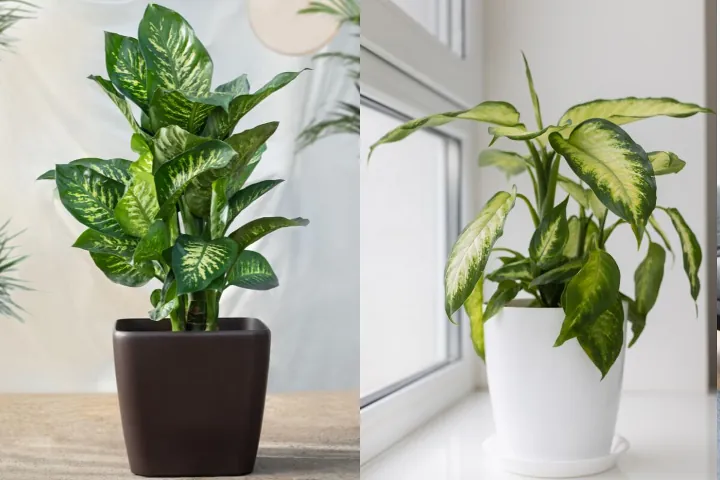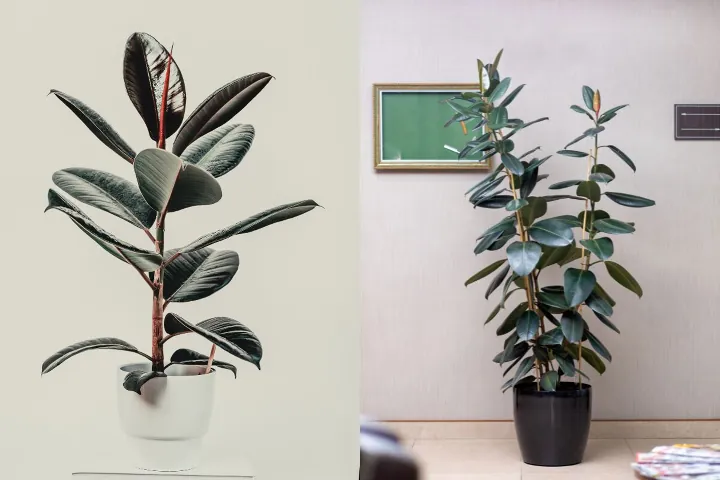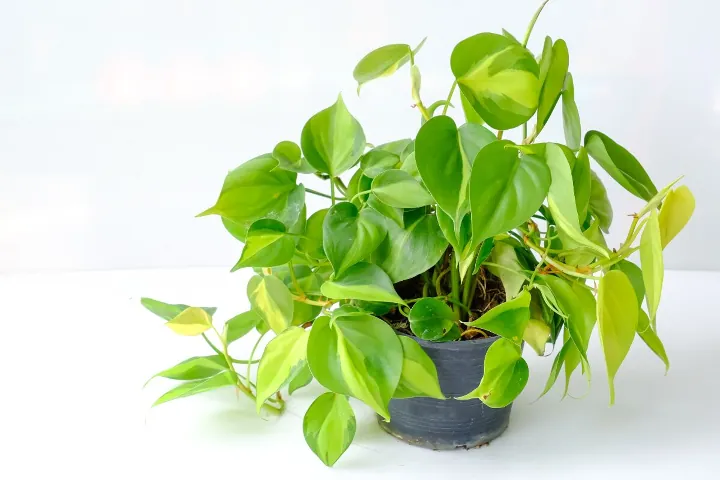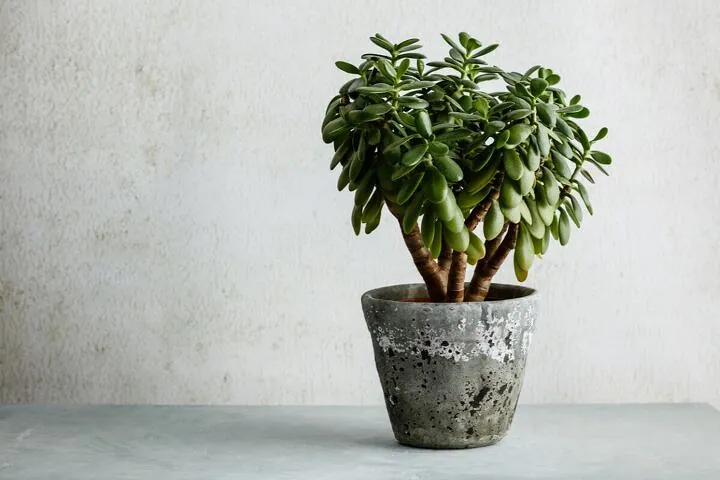Houseplants can add a touch of nature and life to your indoor space, but not all plants are suitable for home environments. Some can be surprisingly problematic due to their care requirements, potential toxicity, or invasive nature. Here are a few common houseplants that might not be the best choice for your home, along with some safer alternatives.
1. Pothos (Devil’s Ivy)

While Pothos is known for its resilience and attractive trailing vines, it contains calcium oxalate crystals, making it toxic to both pets and humans. Ingestion can result in oral irritation, vomiting, and difficulty swallowing.
Alternative: Try the Boston Fern for lush greenery that is safe for pets and children.
Read More: Woman Places Microwave in Ingenous Spot After Kitchen Renovation
2. Oleander

Oleander is a beautiful, flowering plant often seen in gardens, but it’s best avoided as a houseplant. Every part of the Oleander plant is highly toxic if ingested, including the leaves, flowers, and stems.
Alternative: Choose Geranium for a colorful, non-toxic option that thrives indoors.
3. Dieffenbachia (Dumb Cane)

Dieffenbachia, often called Dumb Cane due to its toxicity, is a popular houseplant known for its lush, broad leaves. However, it contains calcium oxalate crystals that can cause severe irritation to the mouth, throat, and digestive tract if ingested.
Alternative: Opt for the non-toxic Spider Plant for its easy care and safe nature.
Read More: What Does It Mean, and How Does It Feel To Be Truly Loved?
4. Sago Palm

The Sago Palm is a decorative plant with a tropical feel that many people choose for their homes and gardens. However, it is extremely toxic to both pets and humans.
Alternative: Go for the Parlor Palm as a safe, low-maintenance alternative with a similar aesthetic.
5. Rubber Plant (Ficus elastica)

Rubber Plants are popular for their striking, glossy leaves and ease of care. However, they can be problematic in homes with pets due to their latex content, which can cause allergic reactions or gastrointestinal issues if ingested.
Alternative: Select the Areca Palm for a similar tropical feel without the potential latex issues.
6. Philodendron

Philodendrons are commonly found in homes due to their attractive foliage and easy care. However, they are also toxic if ingested, posing a risk to children and pets.
Alternative: Consider ZZ Plant for its attractive appearance and pet-friendly qualities.
7. Jade Plant

Jade Plants, with their thick, succulent leaves, are often thought of as lucky and low-maintenance houseplants. However, they can be toxic to pets, causing vomiting and lethargy if consumed.
Alternative: Consider the Haworthia for a compact, non-toxic succulent that’s safe for pets.
Read More: Portland Airport Has Therapy Llamas, And They’re Bringing a Smile to Travelers
This content has, in part, been generated with the aid of an artificial intelligence language model. While we strive for accuracy and quality, please note that the information provided may not be entirely error-free or up-to-date. We recommend independently verifying the content and consulting with professionals for specific advice or information. We do not assume any responsibility or liability for the use or interpretation of this content.

